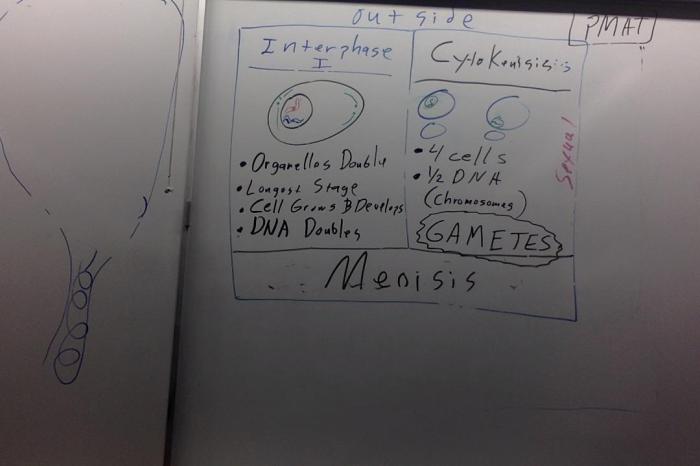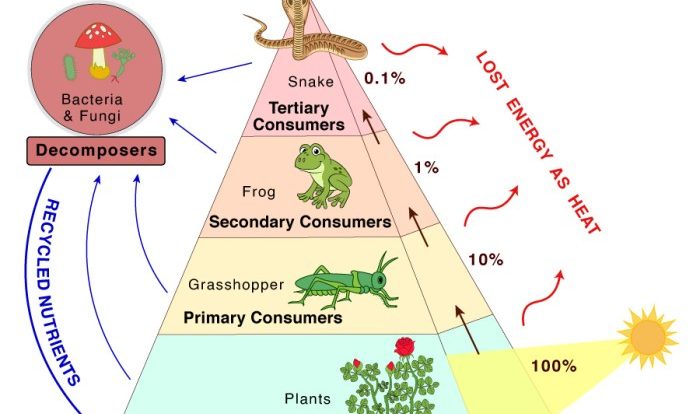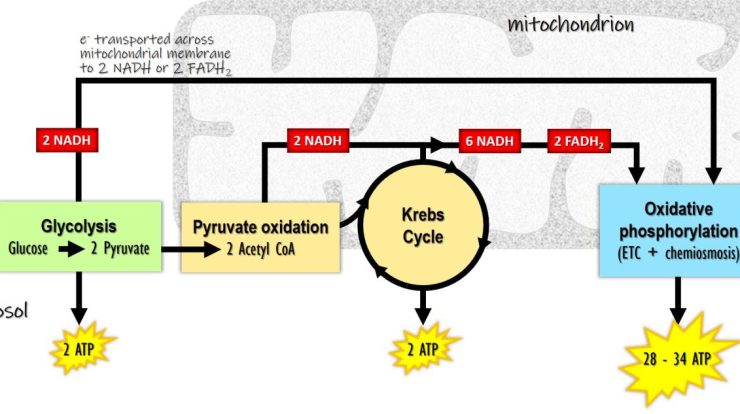Amoeba sisters video recap natural selection answer key – Embark on a captivating journey with Amoeba Sisters’ video recap on natural selection, a cornerstone of evolutionary biology. Discover how this fundamental concept has shaped the diversity of life on Earth, from the peppered moth’s adaptation to antibiotic resistance in bacteria.
Get ready to unravel the intricate interplay of variation, inheritance, and environmental pressures that drive the survival of the fittest.
Natural Selection: A Recap of the Amoeba Sisters Video: Amoeba Sisters Video Recap Natural Selection Answer Key

The Amoeba Sisters video on natural selection provides a clear and engaging overview of this fundamental concept in evolutionary biology. Natural selection is the process by which organisms with advantageous traits are more likely to survive and reproduce, passing on their genes to future generations.
Natural selection plays a crucial role in the evolution of species, driving the development of adaptations that enhance an organism’s fitness and survival in its environment.
Key Concepts of Natural Selection, Amoeba sisters video recap natural selection answer key
Natural selection is based on the following principles:
- Variation:Individuals within a population exhibit genetic variation, leading to differences in traits.
- Inheritance:Traits are passed on from parents to offspring through genetic inheritance.
- Environmental Pressures:The environment exerts selective pressures on individuals, favoring those with traits that enhance survival and reproduction.
Through natural selection, individuals with advantageous traits are more likely to survive, reproduce, and pass on their genes. This leads to a gradual accumulation of favorable traits within the population, resulting in evolutionary change.
Evidence of Natural Selection
Numerous examples support the theory of natural selection, including:
- Peppered Moth:The peppered moth’s color evolved from light to dark during the Industrial Revolution, providing camouflage against pollution-darkened trees.
- Antibiotic Resistance:Bacteria can develop resistance to antibiotics through natural selection, favoring those with genes that confer resistance.
The fossil record also provides evidence of natural selection, showcasing the gradual changes in species over time as they adapt to changing environmental conditions.
Applications of Natural Selection
Natural selection has wide-ranging applications in fields such as:
- Medicine:Developing new drugs and therapies based on the principles of natural selection.
- Agriculture:Improving crop yields by selecting for desirable traits through selective breeding.
- Conservation:Protecting endangered species by understanding their evolutionary history and selective pressures.
Natural selection also raises ethical implications, particularly regarding its potential use for human enhancement.
FAQ Guide
What is natural selection?
Natural selection is the process by which organisms with traits that make them better adapted to their environment are more likely to survive and reproduce, passing on those advantageous traits to their offspring.
How does natural selection lead to evolution?
Over time, natural selection can lead to significant changes in a population’s genetic makeup, resulting in the evolution of new species or the adaptation of existing species to changing environmental conditions.
What are some examples of natural selection in action?
Classic examples include the peppered moth’s adaptation to industrial pollution and the development of antibiotic resistance in bacteria.



